Naranjilla Pest Problems: What Are Common Naranjilla Pests
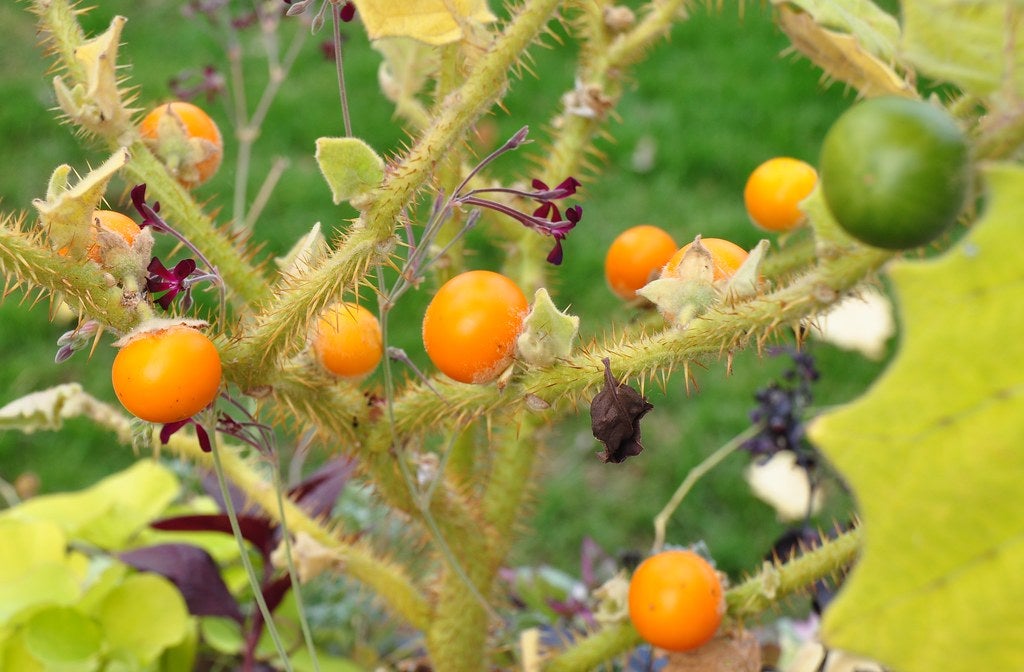

The naranjilla plant (Solanum quitoense) is an intriguing little fruit tree and might be an excellent choice for a small garden orchard. A member of the nightshade family Solanaceae, the naranjilla is named after the small, orange-like fruit it bears. This is a tough little tree, but it occasionally gets attacked by naranjilla pests, notably the root knot nematode. For information about naranjilla pest problems, including a list of bugs that eat naranjilla, read on.
Pests of Naranjilla
The naranjilla plant is a spreading, herbaceous shrub that grows to 8 feet (2.5 m.) high. It is native to South America and is cultivated throughout Latin America for its small orange fruit with a thick, leathery peel.
The naranjilla fruit are smaller than oranges, usually only 2 ½ inches (6.25 cm.) across, but they are filled with yellow-green, juicy pulp. It is delicious, tasting like a pleasant mixture of pineapple and citrus.
This could be a good fruit tree choice for backyard orchards or even small farms. But you’ll want to understand its vulnerability to naranjilla pests before planting.
Bugs that Eat Naranjilla
Like almost every other plant, naranjilla can be attacked by pests. The bugs that eat naranjilla fruit and foliage can usually be controlled easily in your home orchard. Naranjilla pests include aphids, whiteflies, and spider mites, but these can be treated with neem oil sprays or other non-toxic products.
The most problematic pests of naranjilla are those that attack the plant’s roots. Its vulnerability to root knot nematodes is a serious problem and research is underway to find effective solutions to this.
Combatting Naranjilla Pest Problems
Root knot nematodes (Meloidogyne spp.) are the chief enemies of the naranjilla plant, and they can create serious naranjilla pest problems. The nematodes are soil-dwelling pests that attack the roots of the plant.
Gardening tips, videos, info and more delivered right to your inbox!
Sign up for the Gardening Know How newsletter today and receive a free copy of our e-book "How to Grow Delicious Tomatoes".
Growers and scientists are working to find solutions to this naranjilla pest problem. One solution is applying nematicide on the soil each time nematodes are spotted, but this is an expensive alternative for small farmers.
Biologists are working to hybridize the plant with nematode-resistant wild relatives to combat these destructive pests of naranjilla. In some areas, growers are grafting the trees to nematode-resistant rootstocks. Cultural measures to reduce nematode populations can include mulching and frequent plowing during the hot, dry spells in which nematode action increases.

Teo Spengler is a master gardener and a docent at the San Francisco Botanical Garden, where she hosts public tours. She has studied horticulture and written about nature, trees, plants, and gardening for more than two decades. Her extended family includes some 30 houseplants and hundreds of outdoor plants, including 250 trees, which are her main passion. Spengler currently splits her life between San Francisco and the French Basque Country, though she was raised in Alaska, giving her experience of gardening in a range of climates.
-
 8 Noteworthy Native Azaleas Every Gardener Should Know – And Grow!
8 Noteworthy Native Azaleas Every Gardener Should Know – And Grow!Native azaleas offer brilliant blooms in a range of colors and sizes. Here are a few favorites to get inspired and start working on a native shade garden!
-
 Growing Climbing Roses: How To Create Elegant Displays With Maximum Blooms
Growing Climbing Roses: How To Create Elegant Displays With Maximum BloomsMaster the art of growing stunning climbing roses with this essential guide to creating vibrant, fragrant walls and structures all summer long.
-
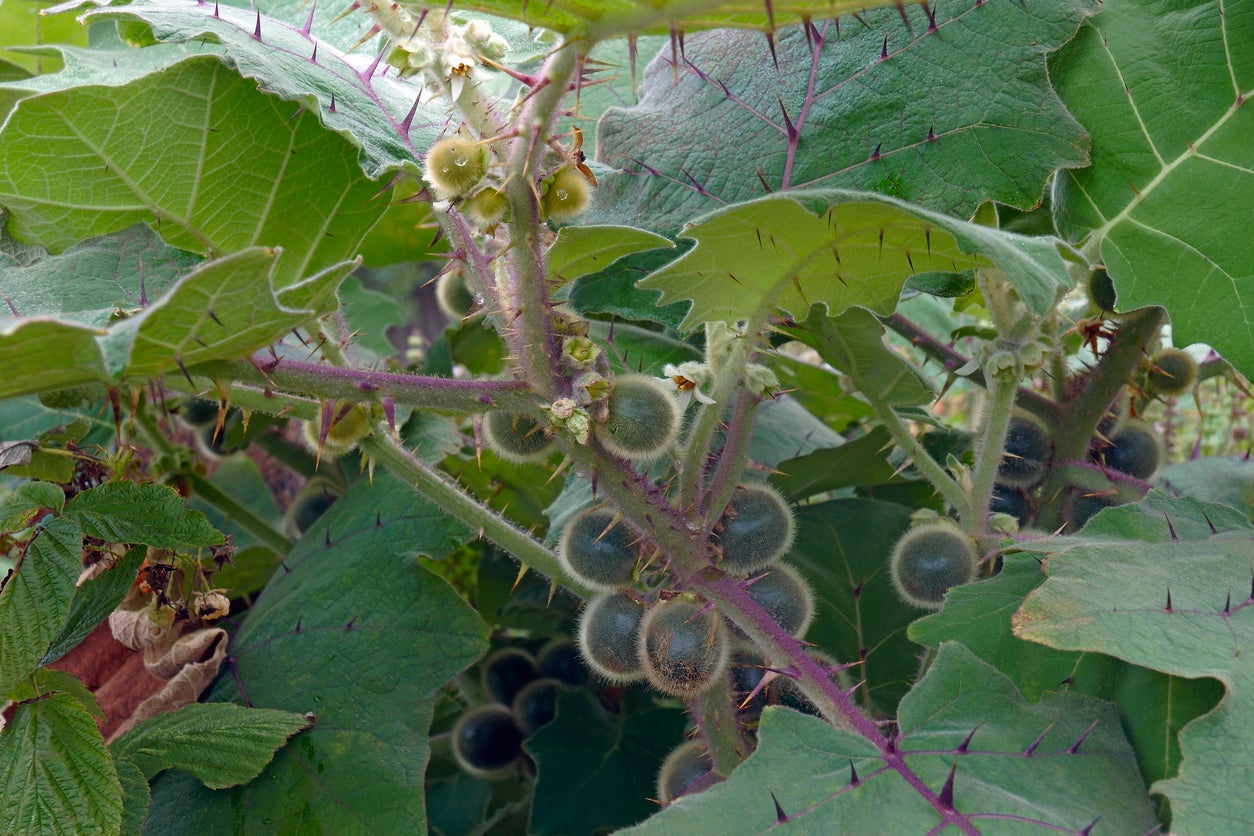 Naranjilla Propagation: Tips For Growing New Naranjilla Trees
Naranjilla Propagation: Tips For Growing New Naranjilla TreesA common name of “little orange” might lead one to think naranjilla is a citrus, but it is not. However, the taste is similar to a tart pineapple or lemon. If you want to grow this unusual specimen or have one and wish for more, learn how to propagate naranjilla here.
-
 Picking Naranjilla Fruits: Tips For Harvesting Naranjilla
Picking Naranjilla Fruits: Tips For Harvesting NaranjillaNaranjilla fruit tends to be flavorless and unpleasant when unripe. However, it can be tangy and delicious if naranjilla harvest occurs at the optimum point of ripeness. So, how to you know when to harvest naranjilla? Learn more about harvesting this interesting fruit here.
-
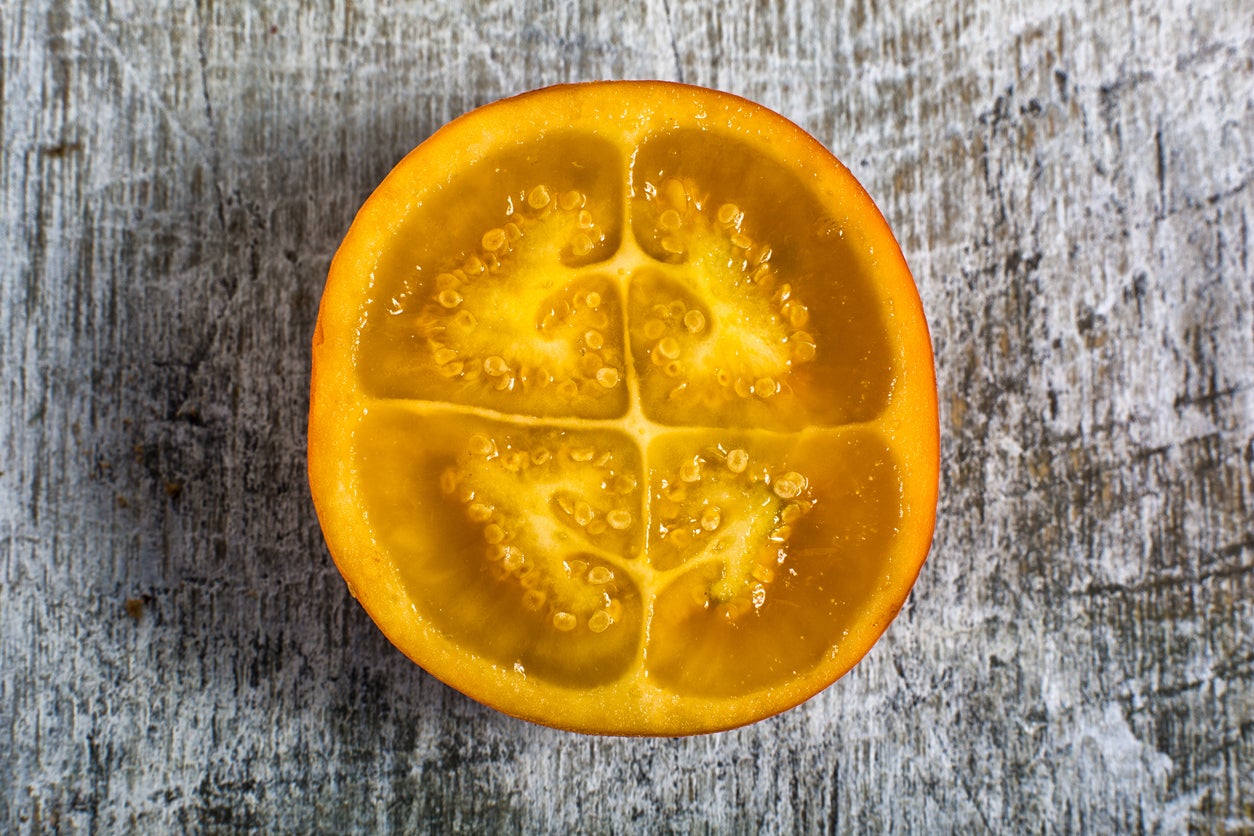 Naranjilla Seed Propagation – Learn How To Grow Naranjilla From Seed
Naranjilla Seed Propagation – Learn How To Grow Naranjilla From SeedIt’s a lot of fun to bring naranjilla into your garden, and inexpensive too, since you can easily grow naranjilla from seed. Click this article for information about naranjilla seed germination as well as tips for propagating naranjilla seeds.
-
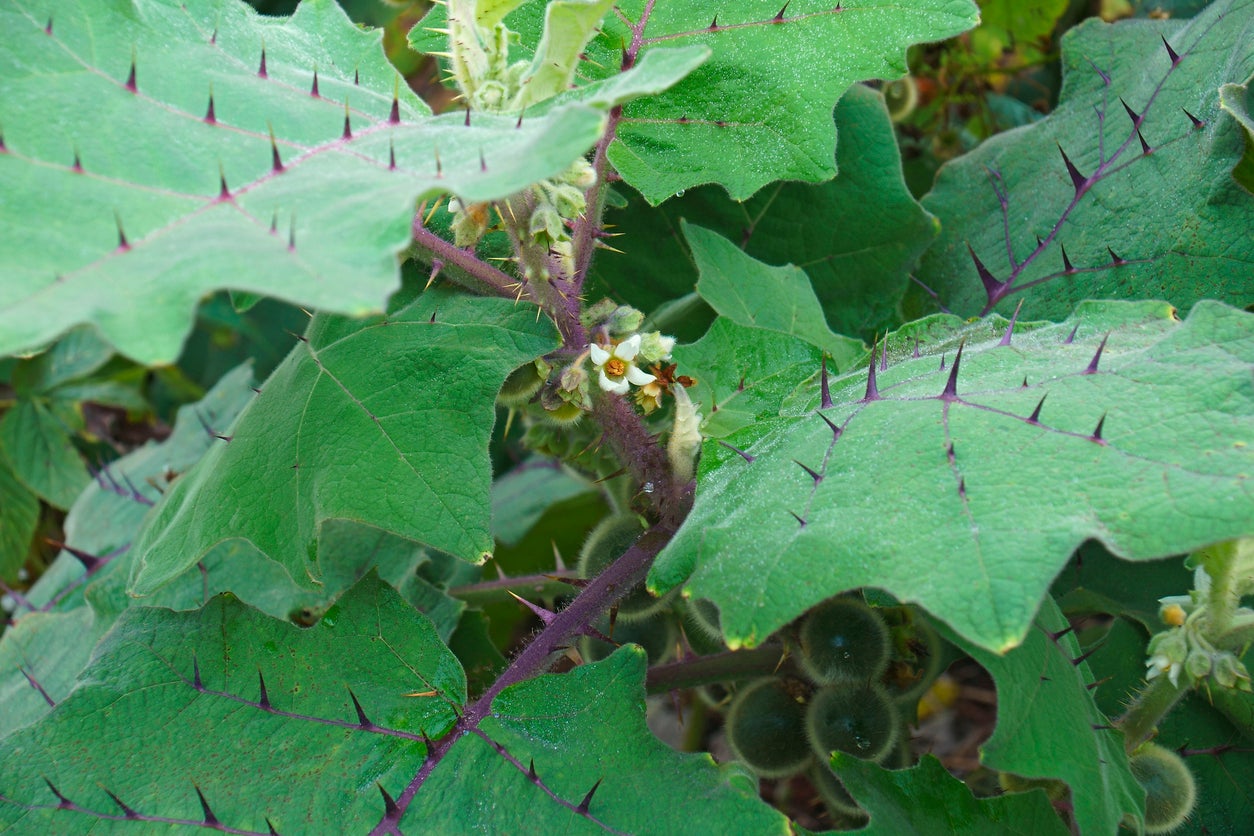 Naranjilla Layering Info: Learn How To Layer Naranjilla Trees
Naranjilla Layering Info: Learn How To Layer Naranjilla TreesInterested in learning how to layer naranjilla? Air layering, which involves rooting a naranjilla branch while it’s still attached to the parent plant, is surprisingly easy. Click on the following article to learn about naranjilla air layering propagation.
-
 Growing Naranjilla From Cuttings – How To Root Naranjilla Cuttings
Growing Naranjilla From Cuttings – How To Root Naranjilla CuttingsCan you grow naranjilla from cuttings? Yes, you sure can, and it’s not all that difficult. Click on the following article to learn about naranjilla cutting propagation and growing naranjilla from cuttings.
-
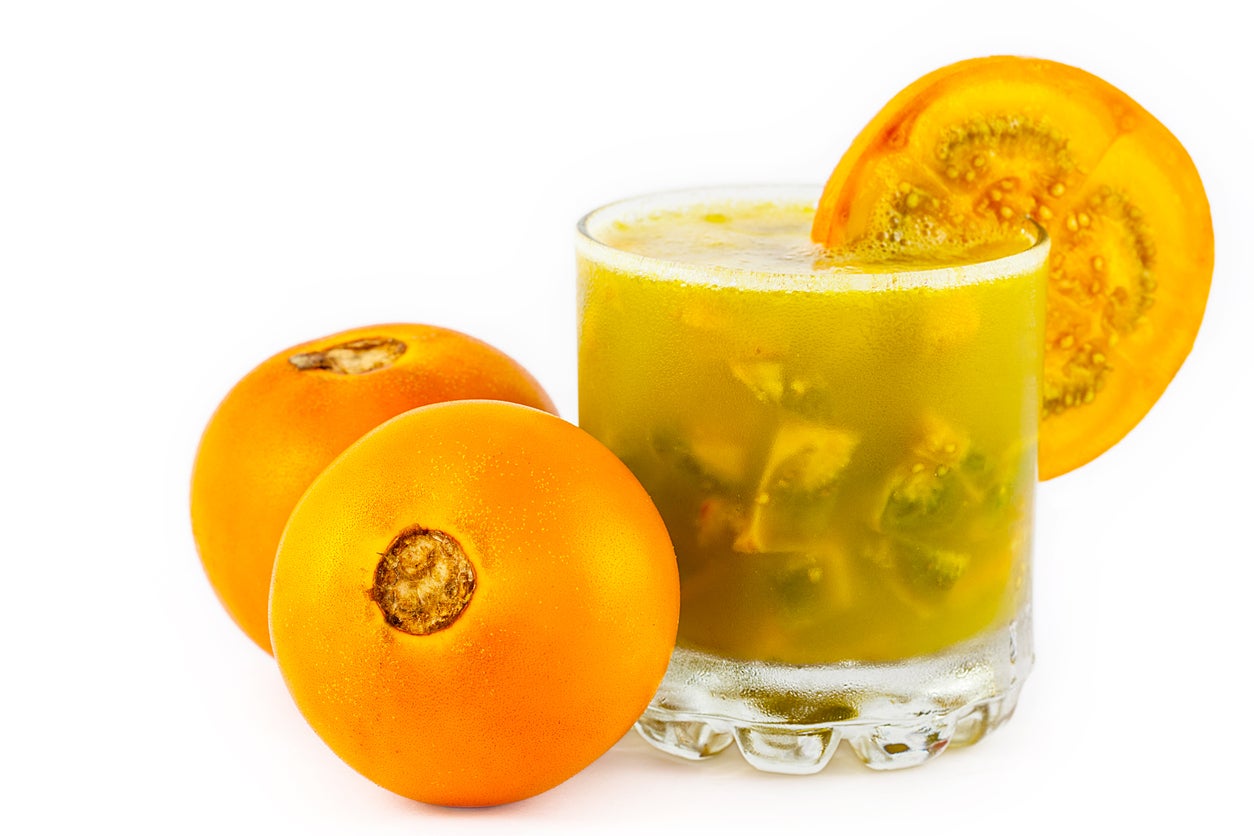 Eating Naranjilla – Learn How To Use Naranjilla Fruit
Eating Naranjilla – Learn How To Use Naranjilla FruitNaranjilla is indigenous to Colombia, Ecuador, Peru and Venezuela. If visiting these countries, it is highly recommended that you try eating it. Each culture has a different way of using naranjilla fruit; all are delicious. How do the locals use naranjilla? Find out here.
-
 Kinds Of Naranjilla Fruit: Are There Different Varieties Of Naranjilla
Kinds Of Naranjilla Fruit: Are There Different Varieties Of NaranjillaThere are three naranjilla varieties: spineless types of naranjilla cultivated in Ecuador, spined varieties of naranjilla grown primarily in Colombia and another type called baquicha. The following article discusses the three different naranjilla varieties.
-
 Naranjilla Disease Problems: How To Treat Sick Naranjilla Trees
Naranjilla Disease Problems: How To Treat Sick Naranjilla TreesNaranjilla is a fun subtropical shrub to grow in the home garden. But, if your shrub is showing signs of disease, it could die. Know the common diseases of naranjilla and how to handle them. This article will help get you started.